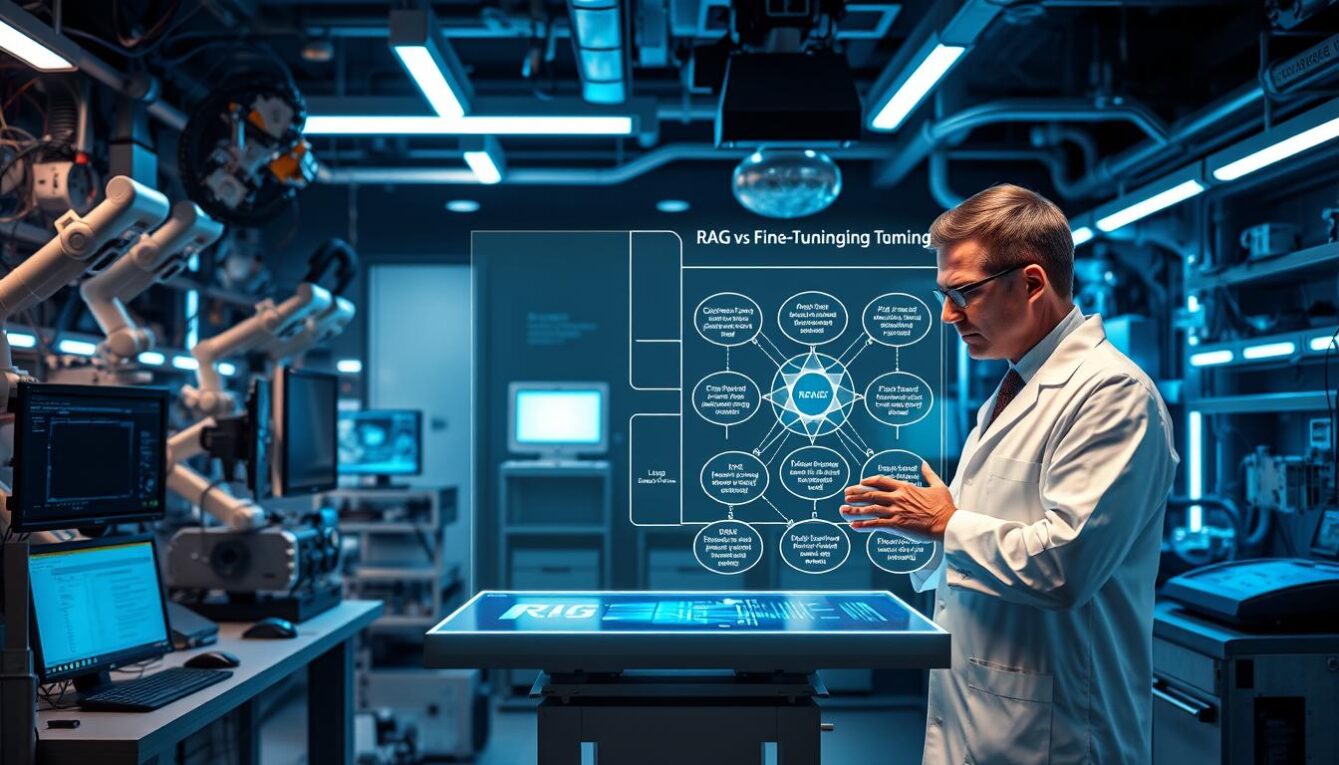The Importance of Observability and Monitoring in DevOps
Observability and monitoring are critical aspects of DevOps. In the context of software development, observability refers to the ability to observe, measure, and understand the performance of a system or application. Conversely, monitoring entails actively tracking and analyzing system performance to detect and address potential issues before they escalate into major problems. In combination, observability and monitoring provide a comprehensive view of a system’s health, allowing DevOps teams to identify and address issues quickly and effectively.
Understanding Observability and Monitoring
Observability and monitoring are closely related but distinct concepts. Observability is about understanding a system’s internal workings by observing its outputs and tracing its inputs. It requires instrumenting the system to collect data that can be used to gain visibility into the system’s behavior. On the other hand, monitoring is the process of regularly checking a system’s performance to detect potential issues. Monitoring can be done at different levels, such as infrastructure, application, and business metrics. In combination, observability and monitoring provide a complete view of a system, allowing DevOps teams to detect and address issues proactively.
Key Metrics to Monitor in DevOps
In DevOps, key metrics warrant regular monitoring to optimize system performance. These encompass availability, response time, throughput, error rates, and resource utilization. Availability quantifies the system’s operational and functional time percentage. Response time gauges the request completion duration, and throughput quantifies the number of requests processed every second. Error rates calculate the frequency of errors during system operation, while resource utilization assesses the efficiency of resource usage, like CPU and memory. By keeping track of these metrics, DevOps teams can preemptively identify and resolve issues, thereby preventing system performance disruption.
Best Practices for Implementing Observability and Monitoring
To effectively implement observability and monitoring in DevOps, meticulous planning and execution are paramount. Key practices encompass defining precise goals and metrics, appropriate system instrumentation, baseline establishment, alert setup, and process automation. Precise goals and metrics enable DevOps teams to quantify the efficacy of their observability and monitoring strategies. Instrumentation is the process of embedding code into the system to collect and disclose data. Baselines provide a reference point for system performance, facilitating future performance comparisons. Alerts, configured to alert DevOps teams when system performance deviates from preset thresholds, aid in maintaining system stability. Automation optimizes monitoring and alerting processes, expediting issue identification and resolution.
The Role of Automation in Observability and Monitoring
Automation is pivotal in enhancing observability and promoting efficient monitoring. It facilitates data collection and analysis, alert configuration, and initiates automated responses to challenges. Additionally, it streamlines the deployment of software and infrastructure updates, simplifying system maintenance. Thus, by automating monitoring and alerting, DevOps teams can proactively identify and mitigate issues, curbing downtime and bolstering system performance.
Tools and Technologies for Observability and Monitoring in DevOps
There are several tools and technologies available for observability and monitoring in DevOps. These include logging and tracing tools, metrics and monitoring tools, and APM (Application Performance Management) tools. Logging and tracing tools help DevOps teams understand how a system behaves by collecting and analyzing log data. Metrics and monitoring tools provide real-time visibility into system performance, allowing DevOps teams to detect and address issues quickly. APM tools comprehensively view an application’s performance, including transaction tracing and code-level visibility. By using these tools, DevOps teams can gain deep insights into system performance and address issues proactively.
Tools
| Tool Name | Description |
|---|---|
| Prometheus | An open-source monitoring and alerting toolkit with a multi-dimensional data model, primarily used with Kubernetes. |
| Grafana | An open-source platform for monitoring and observability, often integrated with Prometheus for visualizing metrics. |
| Jaeger | An open-source, end-to-end distributed tracing system for monitoring and troubleshooting microservices-based architectures. |
| Elasticsearch, Logstash, and Kibana (ELK Stack) | Collectively known as the ELK Stack, this trio is used for searching, analyzing, and visualizing log data in real time. |
| New Relic | A cloud-based observability platform that helps developers, DevOps, and operations teams measure and monitor applications. |
| Datadog | A cloud-scale monitoring service for cloud-native applications, offering metrics, traces, and logs in one platform. |
| Splunk | An open-source monitoring system that can monitor hosts and services and can alert users when things go wrong. |
| Nagios | A platform to search, monitor, and analyze machine-generated big data using a web-style interface. |
| Zabbix | A tool for introspecting and interrogating production systems, making it easier to understand software behavior. |
| Sensu | An open-source monitoring solution for tracking IT infrastructure components’ status, performance, and availability. |
| Dynatrace | An AI-powered, full-stack, automated performance management solution. |
| Honeycomb | Collectively known as the ELK Stack, this trio is used for searching, analyzing, and visualizing log data in real-time. |
Building a Comprehensive Observability and Monitoring Strategy
Building a comprehensive observability and monitoring strategy involves defining clear objectives and metrics, selecting appropriate tools and technologies, and establishing data collection, analysis, and response processes. The strategy should be tailored to the organization’s specific needs, taking into account factors such as the size of the team, the complexity of the system, and the frequency of changes. By building a comprehensive strategy, DevOps teams can ensure they monitor the right metrics, use the right tools, and respond to issues effectively.
Common Challenges in Implementing Observability and Monitoring
Implementing observability and monitoring in DevOps can be challenging. Some common challenges include data overload, tool fragmentation, and inadequate skill sets. Data overload occurs when too much data is collected, making it difficult to identify and address issues. Tool fragmentation occurs when too many tools are used, making gaining a comprehensive view of system performance difficult. Inadequate skill sets can make it difficult to instrument systems appropriately and analyze data effectively. By addressing these challenges, DevOps teams can ensure that their observability and monitoring efforts are effective.
The Benefits of Observability and Monitoring for DevOps
Observability and monitoring provide several benefits to DevOps teams. These benefits include improved system performance, reduced downtime, faster issue resolution, and increased team collaboration. By monitoring key metrics and responding to issues proactively, DevOps teams can ensure that systems are running optimally and avoid costly downtime. Faster issue resolution means addressing issues before they escalate into major problems, minimizing user impact. Increased team collaboration means issues can be addressed more quickly and effectively, improving overall system performance.
Real-World Examples of Successful Observability and Monitoring Implementations
Several organizations have successfully implemented observability and monitoring in their DevOps processes. For example, Netflix uses a combination of APM and logging tools to gain visibility into system performance, allowing them to identify and address issues proactively. Etsy uses StatsD to collect and aggregate metrics from different systems, providing a comprehensive view of system performance. Google uses Stackdriver to monitor system performance, identify issues, and trigger automated responses. By studying these examples, DevOps teams can learn best practices for implementing observability and monitoring in their organizations.
The Future of Observability and Monitoring in DevOps
Observability and monitoring are likely to become even more important in DevOps as systems become more complex and distributed. Machine learning and AI technologies will also likely play a role in observability and monitoring, allowing DevOps teams to proactively detect and address issues. As systems become more automated, monitoring and observability will become a critical aspect of ensuring system performance and reliability.
Conclusion: The Vital Role of Observability and Monitoring in DevOps
Observability and monitoring are critical aspects of DevOps, providing a comprehensive view of system performance and enabling DevOps teams to detect and address issues proactively. By monitoring key metrics and responding to issues quickly and effectively, DevOps teams can ensure that systems are running optimally and avoid costly downtime. Implementing observability and monitoring requires careful planning and execution, but the benefits are well worth the effort. As systems become more complex and distributed, observability and monitoring will become even more important in ensuring system performance and reliability.










